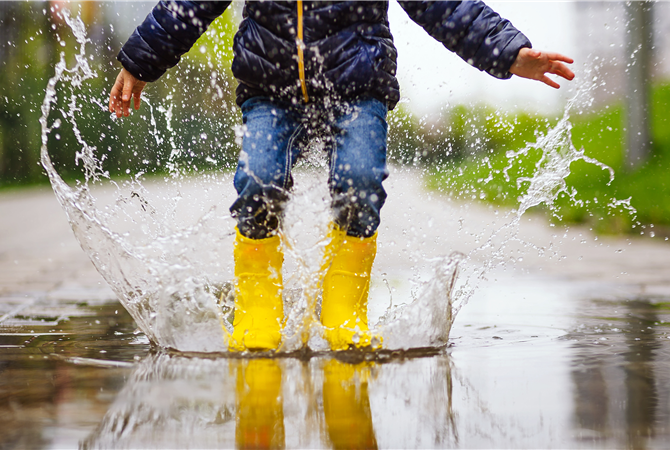
This keynote and the following paper, published in a special issue involving several papers from the conference, started with ideas I developed more in-depth when doing an academic stay at University of Queensland in 2017. During the time in Brisbane, I did a lot of reading (in cafés at campus) and talking to some fantastic colleagues in an effort to communicate some ideas about the E in PE and how the P and E can be connected by putting some thought into the art of teaching and the educative potential of PE.
By returning to scholars that over the years had inspired me in their writings e.g. Arendt, Dewey, Biesta, Todd, and colleagues using didaktik theory, I argued that a sustainable aim for PE should be more physical education, where different ways of being in the world as some-body are both possible and encouraged. This, I argued, involves a certain view of the child in education and acknowledging that movement and movement cultures could be understood as something that should be explored and discovered, rather than closely related to instructive teaching, organization of activities, and behaviour modification. In order to do this, I tried to highlight the importance of teachers and as a consequence teaching as a continuous act of making judgements about the why(s), what(s) and how(s) of education, normative judgements about desirable change.
However, understanding the aim for PE as more physical education is also challenging since it involves seeing PE not primarily as a school subject or academic field but as a way to understand the educative potential of PE. This involves accepting a rejection of the notion that there is an end to education and thus the inevitability of open-endedness of PE in terms of that we are never fully physically educated but always being in a process of becoming physically educated.
What I ended up with in the paper, and where I still am in my thinking around PE, were some of my unfinished thoughts around what physical education as more physical education could involve:
1. A pedagogy of becoming – which includes a view of the child as always being in a process of becoming physically educated.
2. A pedagogy of meaning – including a focus on meaningful experiences and the process of making new or revised meanings out of experience.
3. A pedagogy of hesitation – offering time for deliberation and reflection.
4. A pedagogy of interruption and discovery – bringing something new to education that involves uncertainty, curiosity and disturbance and making movement as well as movement culture something to discover.
5. A pedagogy of critical inquiry – focusing on the understanding and challenging of taken for granted assumptions about ourselves and others.
6. A pedagogy of social justice – offering opportunities to change oppressive, unfair and unsustainable PE practices in school as well as in society.
7. A pedagogy of plurality – viewing physical education practice as open-ended in terms of different possibilities, different ways of being or diverse opportunities to be for example healthy, however these are construed. (p. 619-620)
I realise that these seven ‘pedagogies’ are not that helpful to teachers out there but my ambition with the keynote was to contribute to a discussion around PE and education. It is always difficult to know where any text you write ends up in terms of how it is used or interpreted, but this one has been one of the more interesting and challenging ones. It is like sending out a balloon of thought into the world and eagerly waiting to see what happens.
Thanks Ash for engaging with the paper!






